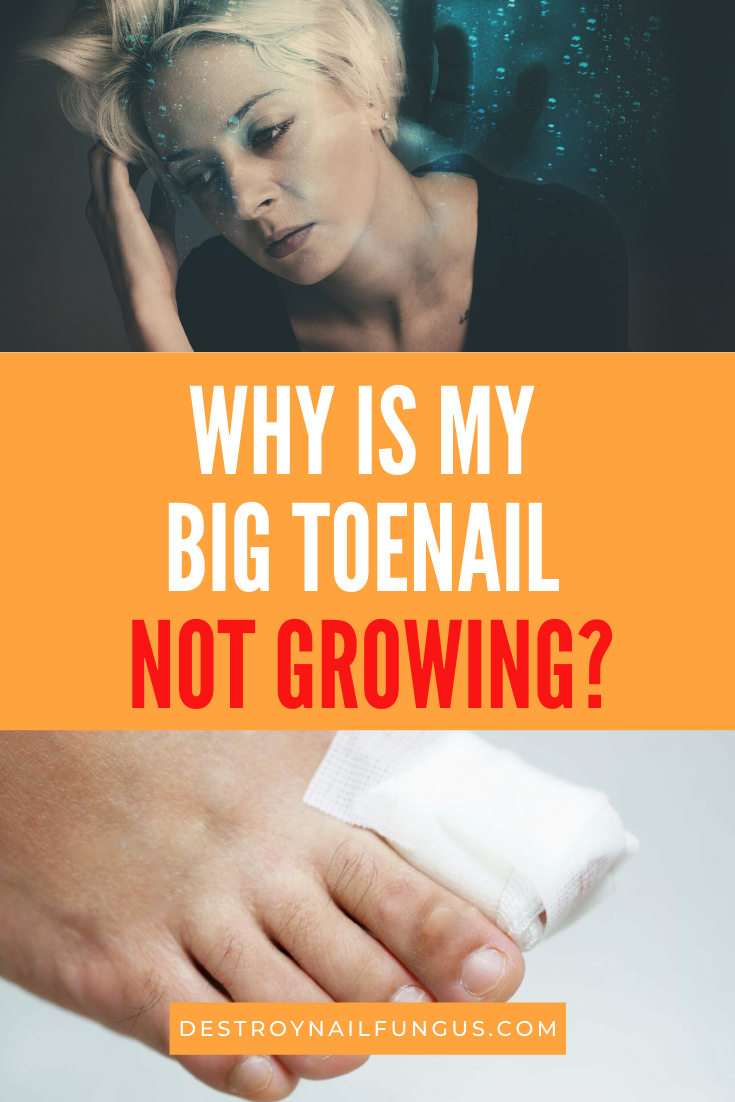

The effects of toenail infections last for much longer so once you’ve gotten rid of it, pay special attention to your daily routines to ensure it doesn’t happen again. If this doesn’t work, it’s time to pay a visit to your local podiatrist. Start by considering the use of an over-the-counter cream targeted to reduce the symptoms. Not the best look for flaunting your feet.įungal infections aren’t the easiest to treat, but recovery is possible. When this gets really bad, that’s when damage and discoloration in the toenails start to appear, which leads to the nails becoming crumbly, flaky, and thick.
#Toenails growing up skin
More often than not, these sorts of infections affect not only the toes, but can also spread to include the skin and hair. Always wear flip-flops, slides, or other appropriate footwear.First up is a fungal infection.

It’s also important to leave the nail a little long to prevent it from growing inward. Cut the nail straight across without cutting the edges inward. The most important thing you can do is trim your toenails using a strong, sharp nail clipper.Ĭut each toenail to the point where it begins to curve upward. Upward-growing toenails tend to rip more often, exposing the area to infection, so careful hygiene is vital. Whether or not you’re under a doctor’s supervision, it’s important to maintain your toenails. The Healthline FindCare tool can provide options in your area if you don’t already have a doctor. If you feel that you might have onychogryphosis, NPS, or koilonychia, schedule an appointment with your doctor. The cuticle is the thin tissue over the base of the nail plate where it grows out of your finger.


The lunula is part of the nail matrix.The nail plate is the visible part of the nail.By the time you can see the nail, the cells there are dead. The matrix is always making new cells that force the old ones to bunch up and get pushed through the skin. It grows out of a small pocket under your skin. The nail matrix is the root of the nail.Nail structureĮach toenail and fingernail has six structures: Unusual nail growth, such as toenails growing upward, could be hereditary as well. How strong, thick, and fast your nails grow is hereditary. Nails grow from a process called keratinization: cells multiplying in the base of each nail and then layering on top of each other and hardening. Your nails are made from the same protein that makes up your hair: keratin.


 0 kommentar(er)
0 kommentar(er)
